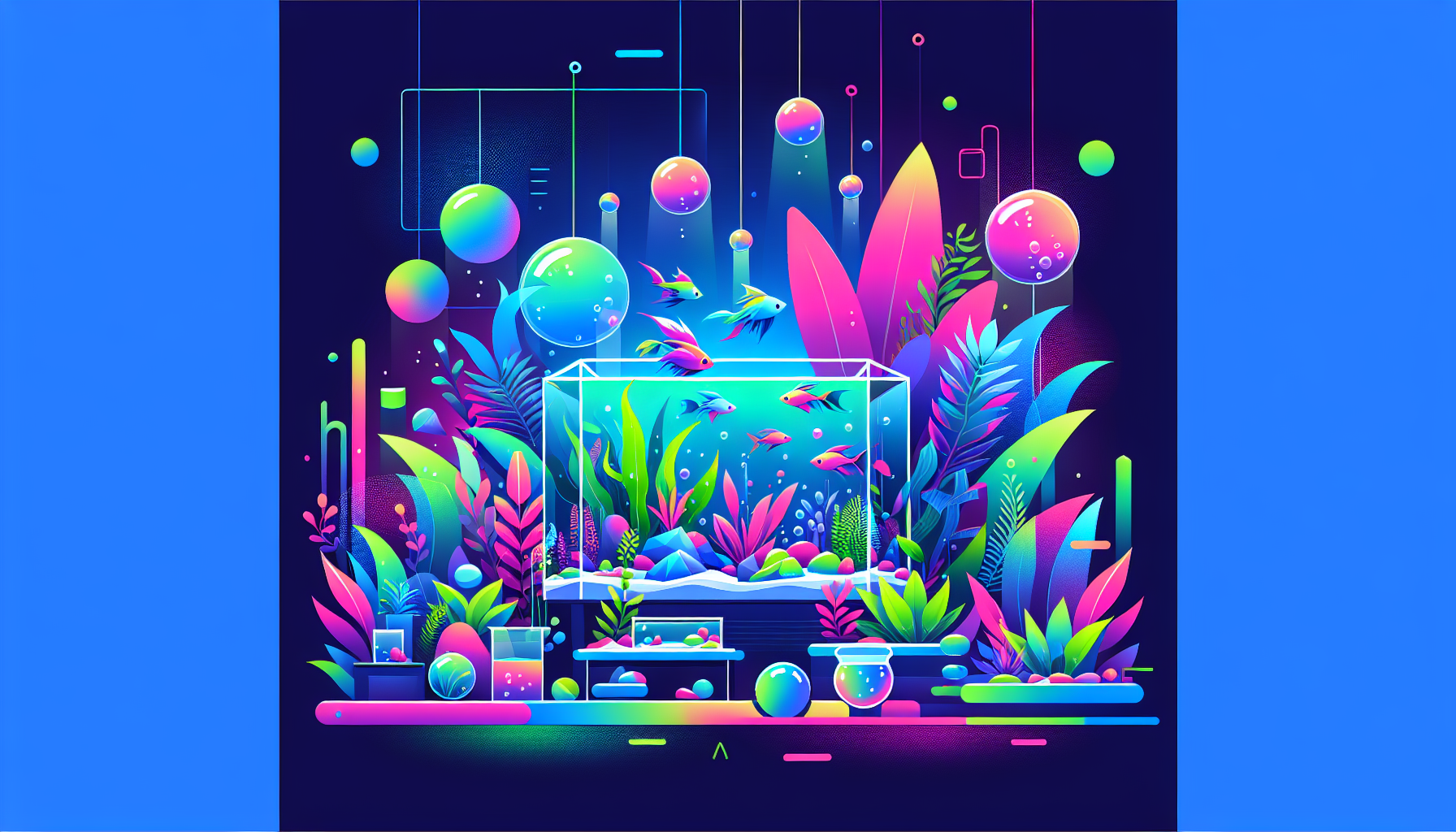10 Aquascaping Mistakes Beginners Make (And How to Avoid Them)
Stepping into the world of aquascaping is exciting, but every passionate beginner faces challenges. Most common aquascaping mistakes aren’t obvious at first, but addressing them early can be the difference between a thriving tank and ongoing frustration. Whether you’re building a lush nature aquarium or a minimalist Iwagumi layout, this essential guide will help you sidestep the most frequent pitfalls and create a stunning underwater landscape.
1. Neglecting the Importance of Planning
Jumping straight into placing rocks and plants is tempting, but lack of planning often leads to an unbalanced or crowded look. Before adding water, sketch your aquascape, research plant requirements, and decide on your hardscape’s layout. Utilize resources on aquascaping layouts to inspire and guide your design.
2. Choosing the Wrong Substrate
Your substrate is more than just decoration—it’s the foundation of your aquascape. Many beginners select gravel without understanding plant needs. Soil-based or nutrient-rich substrates are essential for most aquatic plants, enabling healthy root systems and lush growth.
3. Overcrowding with Plants and Decorations
Packing too many plants or decorative elements into your aquarium can make the tank look messy and hinder water flow. Start with fewer plants, allowing room for growth, and use negative space to create visual impact, especially in Iwagumi aquascapes.
4. Ignoring the Rule of Thirds
Aquascaping borrows from classic art theory. The rule of thirds helps you achieve visual balance by placing key features (like driftwood or stone) off-center, creating a more natural appearance. Use this rule to guide your hardscape placement for appealing, professional results.
5. Skipping the Cycling Process
Impatience is a common culprit. Introducing fish or shrimp before the beneficial bacteria colony establishes itself can lead to algae blooms and livestock loss. Always cycle your aquarium for at least 4-6 weeks, regularly testing water parameters to ensure a safe habitat.
6. Inadequate Lighting for Plant Growth
Low-intensity or poorly positioned lighting often hinders plant health and coloration. Research the light requirements for your chosen plant species, and invest in a quality LED aquarium light to ensure optimal photosynthesis and vibrant plant growth.
7. Underestimating CO2 Needs
Many aquascaping beginners overlook the role of carbon dioxide (CO2) in plant health. High-tech tanks with carpeting plants like Hemianthus callitrichoides or Monte Carlo typically need CO2 injection to thrive. For low-light tanks, CO2 may not be mandatory but still provides benefits.
8. Overfeeding Fish and Shrimp
Excess food leads to ammonia spikes, algae growth, and poor water quality. Offer small, measured portions and remove uneaten food after a few minutes. A balanced feeding routine keeps your aquascape clean and healthy.
9. Neglecting Regular Maintenance
Skipping weekly water changes or filter cleaning quickly results in algae issues and distressed plants. Set a regular maintenance schedule: prune plants, remove debris, and perform partial water changes (25-50%) each week to keep your ecosystem balanced.
10. Failing to Research Livestock Compatibility
Not all fish and shrimp species thrive together. Make sure your selections are peaceful, compatible with your chosen plants, and suited to your aquarium size and parameters. Our guide to the best fish for planted tanks can help you choose wisely.
How to Avoid These Aquascaping Mistakes
- Plan your aquascape before planting
- Pick the right substrate for your plants
- Apply aquascaping design principles like the rule of thirds
- Be patient during cycling and maintenance
- Research plant, livestock, and equipment needs thoroughly
Ready to Create Your Dream Aquascape?
Avoiding these beginner aquascaping mistakes is the first step towards a beautiful, healthy aquarium. Curious about advanced techniques, plant choices, or layout inspiration? Contact our team or explore our blog for more expert guidance on your aquascaping journey!



